In this article I will show you how to cook canned asparagus in under 10 minutes. It’s a very easy and delicious recipe you will love!
Asparagus used to be a fresh spring treat, but now you can find it almost anytime on supermarket shelves, more so as canned asparagus. This simple, yet elegant vegetable is one of the easiest to prepare, and is healthy and mouthwatering at the same time. Most people think asparagus is healthy but underwhelming, but that couldn’t be further from the truth.
It’s often paired with heavier meats, such as steaks, partly due to its mild taste that does not overpower the accompanying dishes. It seems kind of boring, but that usage of asparagus is only habitual, not inevitable.
With a little sprinkle of fantasy and culinary finesse, you can come up with mind-blowing asparagus recipes worthy of being celebrated as the main course.
You can choose fresh, canned asparagus, or frozen ones, depending on how you want to prepare them. Frozen asparagus is hard to roast perfectly; it is best to steam. However, fresh or canned ones are great for oven roasting or grilling with bold additions of flavor.
What is the best temperature to cook canned asparagus?
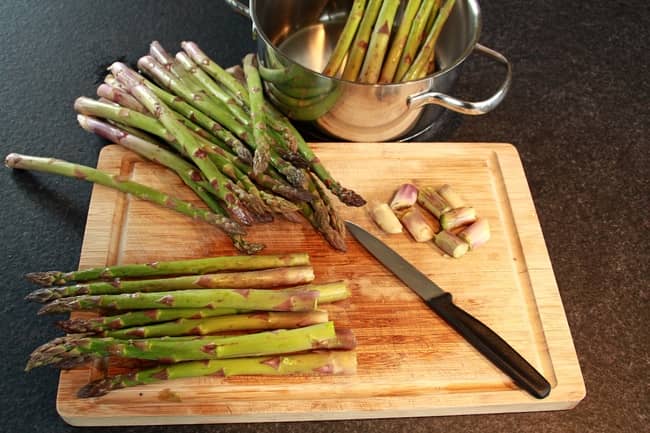
To create the perfect, just-ripe, oven-roasted asparagus from a can, cook them at 425°F for 6–9 minutes with the oven fan on.
This might seem like an overly moderate cooking time, but remember that canned asparagus has been processed with heat beforehand and doesn’t need additional cooking time. Actually, by heating them slightly, they are perfectly edible but do not necessarily make a flavorful dish.
Canned asparagus should be oven-roasted at a higher temperature and for a shorter timeframe, just to glaze them golden. Fresh asparagus needs a little more time to be perfect. Keep in mind that both of them have to be drained off any excess moisture before roasting, otherwise, they will turn out spongy.
Try to limit the cooking temperatures, and more so, the cooking time, to the absolute minimum when it comes to asparagus to maintain as many nutrients as possible. The longer you cook them, the more nutrients they lose, especially Vitamin C.
Should I cook canned asparagus in oven or stove?
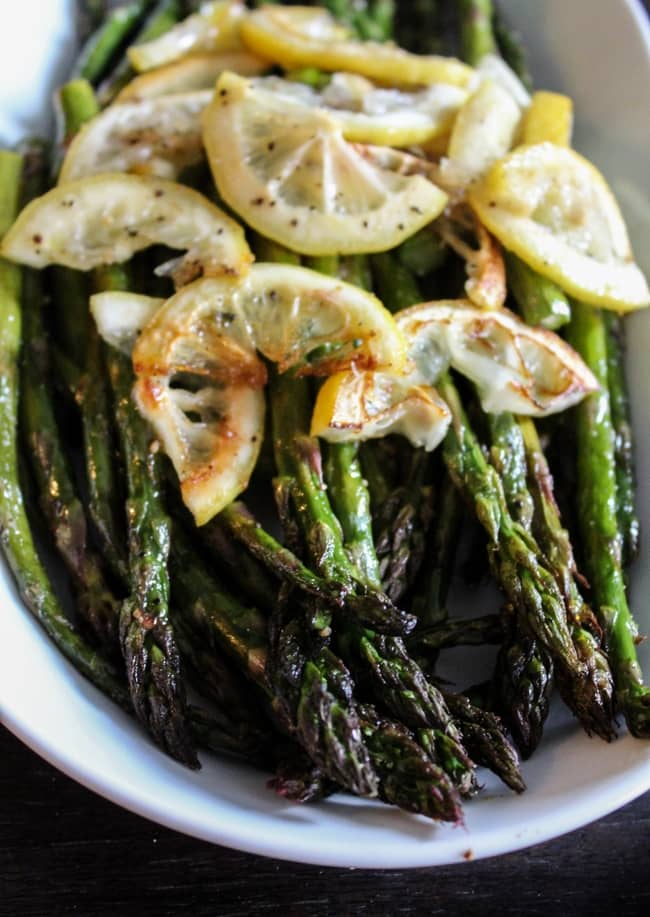
Canned asparagus is already edible because it has been processed with heat previously to preserve it. But they are very bland and mild both in texture and flavor, so we tend to cook them some more. You can cook them in the oven, on the stove, grill them on contactless, steam them, or even microwave them as you please.
It all depends on what you want to pair it with. To enjoy canned asparagus in a full salad, it’s perfect to just heat them slightly in the microwave. If you want to serve them as a main dish, oven roasting is the way to go. Grilling them can be a great addition to the main course, such as fish or meat.
It takes slightly longer to cook asparagus on the stove than other methods. Try not to overcook them. At the first sight of browning at the edges and a deepening of the greeny color, take them off the heat.
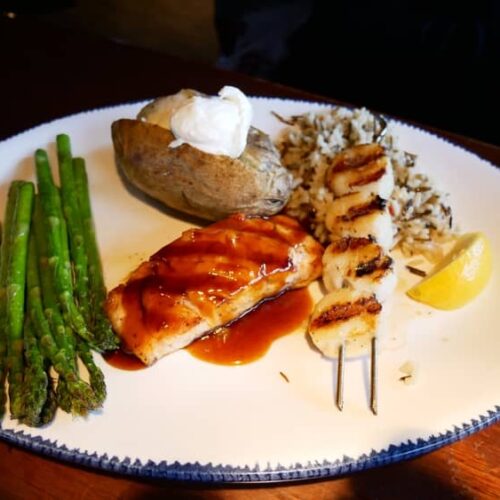
How to Cook Canned Asparagus
Ingredients
- 17 Canned asparagus spears
- 1 Medium garlic glove
- ½ tbsp Balsamic vinegar
- 2 tbsp Freshly grated parmesan cheese (Parmigiano Reggiano)
- 1 tbsp Olive oil (not virgin olive oil, but refined)
- 1 Fig
- 1 pinch Rustic sea salt
- 1 pinch White pepper
Instructions
- Preheat the oven to 425°F (220°C). In a food processor, mix the fig with olive oil, balsamic vinegar, and garlic cloves.
- Open the canned asparagus, and let the spears drip from any excess moisture they were stored in.
- Let them come to room temperature in 15-20 minutes, and then bathe them in the fig-olive-oil-vinegar-garlic mixture.
- Spread them out in a baking pan covered in baking paper.
- Hint them evenly with salt and pepper and parmesan cheese. Make sure it covers the spears evenly everywhere.
- Bake them for 6–9 minutes with the oven fan on. While roasting, the fig and balsamic vinegar should form a golden glaze on the spears.
- Serve them fresh and hot! You can sprinkle them with some fresh lemon juice or some additional parmesan to accentuate the flavors.
How do I know when asparagus are done?
Asparagus can be made into a lot of different consistencies, but this particular recipe will result in a glazed, golden brown, but inside still ripe asparagus if it’s done right. It shouldn’t be spongy and watery. To avoid this, make sure to remove any excess moisture from the canned spears before oven roasting them.
With steaming or boiling, they can easily turn out mushy and spongy, especially with canned asparagus. Roasted asparagus is done when the spears’ color becomes a deep, darker green and the ends brown and soften slightly. It has to be crunchy and can be snapped with a fork.
Soggy asparagus means you have overcooked them to oblivion. To avoid this, keep in mind that asparagus keeps on cooking after you remove it from the oven. It’s better to leave them slightly ripe than to overcook them into a puddle of mush.
Can I cook the asparagus in microwave?
You can cook, or better to say, heat asparagus in the microwave for a quick snack, or addition to a salad. How convenient, but this only applies to canned spears. Canned asparagus has been heat processed previously, so it’s not necessary to cook them more. Heating is plenty. Microwaving or steaming them can retain more nutrients than, for instance, roasting or grilling.
For fresh asparagus, microwaving is a recipe for a spongy, tasteless disaster. Although some microwaves have a grilling function, it’s far from ideal for making a great asparagus dish. Try sticking to the oven, or grilling the asparagus, whether it be fresh or canned. It’s well worth your time and effort.
If you choose to microwave asparagus for convenience, pat them dry with a paper towel, and heat them for 4-5 minutes on high in a microwave-safe dish. Try to lay them out evenly. Be careful when removing them from the microwave, because they are going to be just as hot as straight from the oven.
Final tips and tricks
Some cooks are particularly hesitant to come up with their own ideas and try them out, and they religiously follow ready-made recipes. That is especially true of asparagus, be it canned or fresh.
Whenever I have a mouthful of them in restaurants, or at friends’ or families’, they are usually prepared the same way, with the same old additions, such as garlic, pepper, olive oil, and maybe a batch of lemon if the dinner host wants to show off their culinary veins.
It’s a shame for poor old asparagus, as a mild and welcoming ingredient in many pairings. Be bold the next time you make it. Pair them with any slightly edgy or acidic fruit, such as apples, limes, pomegranates, or jaffa.
You can also add some nuts, like walnuts, pine nuts, or poppyseeds, some chili, fresh parsley, ginger, or mustard seeds, to have an interesting flavor bomb accompany your meals. Glazing them with surprising elements, like chili oil, grapeseed oil, saffron oil, or a batch of mint, can bring out the master chef in you!
So, what did you think about our canned asparagus recipe? Please, feel free to leave your opinion in the comments below!
Interesting recipes:


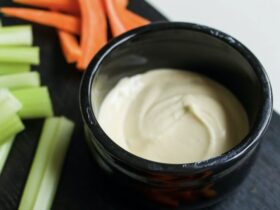
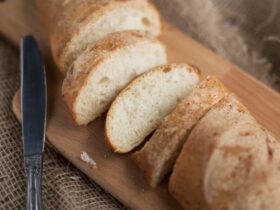

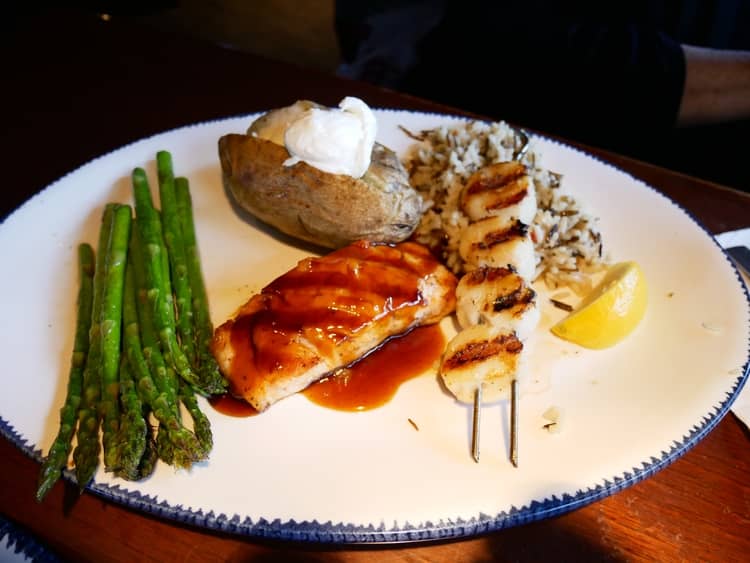


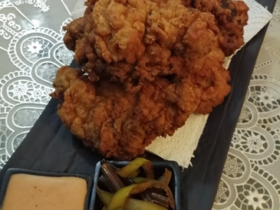



Leave a Reply